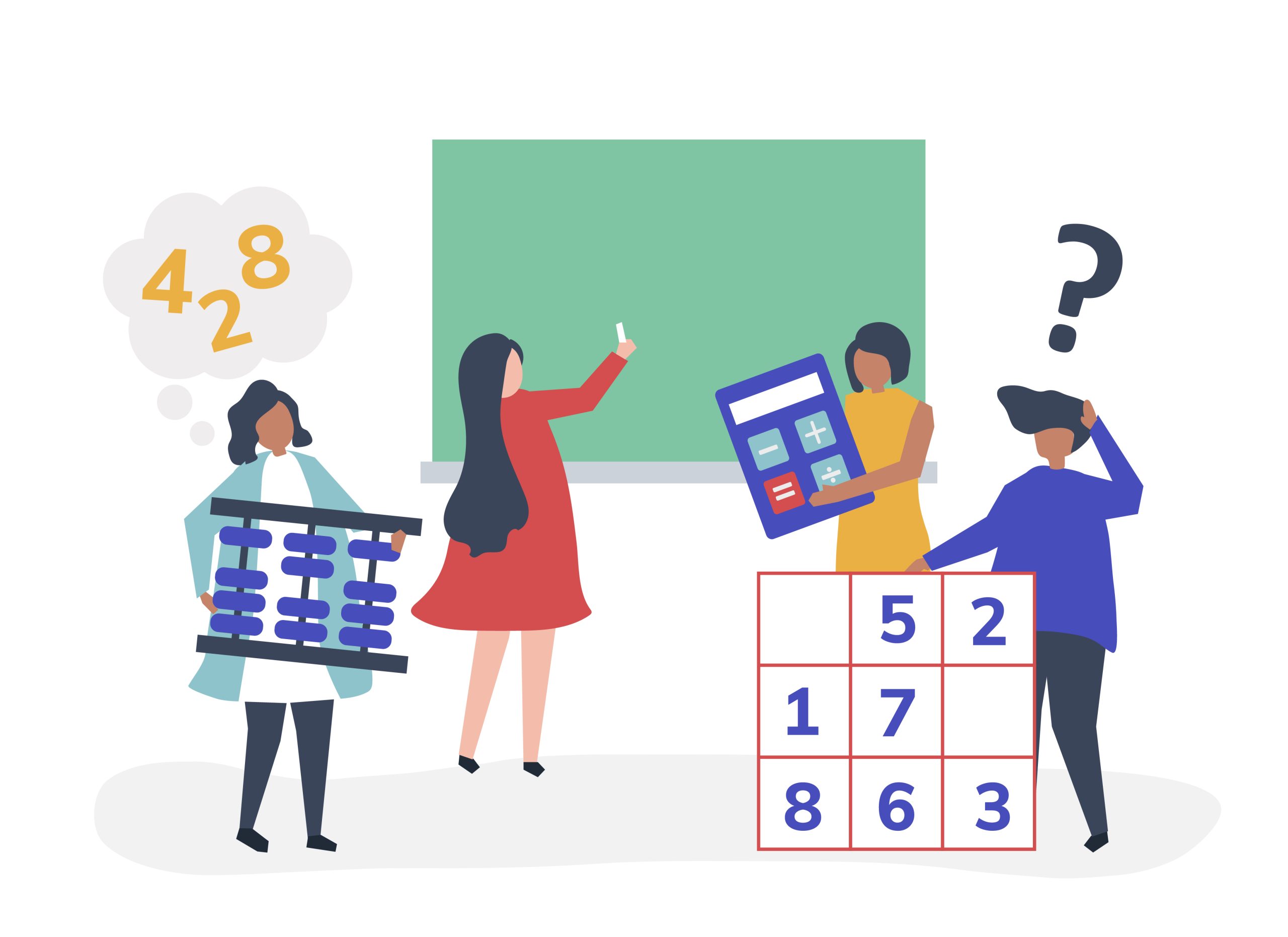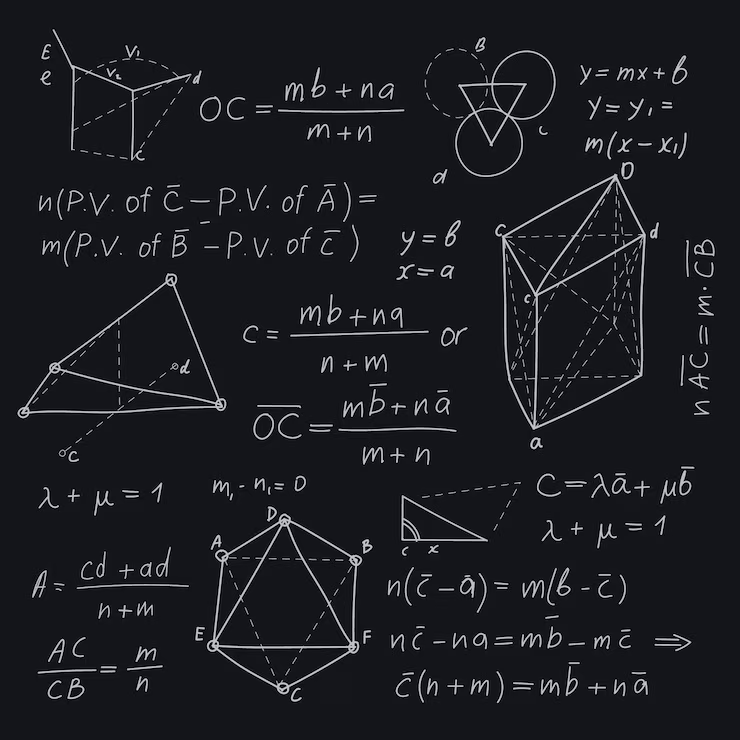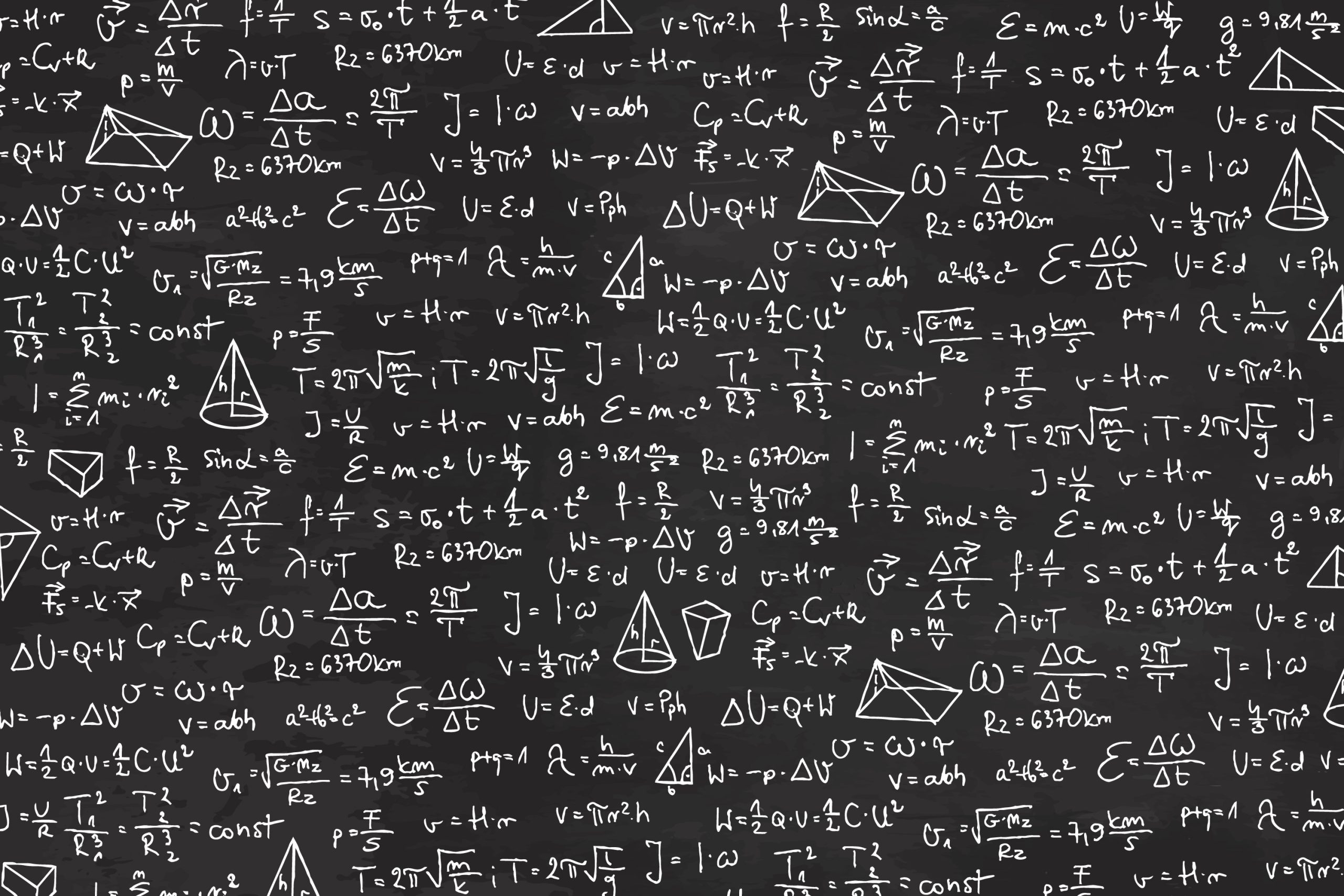
Understanding Boolean Algebra: The Foundation of Digital Logic
Boolean Algebra is a mathematical structure that deals with binary variables and logical operations.
Named after the English mathematician George Boole, who first introduced the concept in his 1854 work “An Investigation of the Laws of Thought,” Boolean Algebra serves as the backbone of modern digital electronics and computer science.
In this article, we’ll explore the fundamental principles of Boolean Algebra, its operations, laws, and applications in various fields.
What is Boolean Algebra?
Boolean Algebra is a branch of algebra in which the values of the variables are the truth values true (1) and false (0).
Unlike regular algebra, where variables can take any numerical value, Boolean Algebra is limited to binary conditions: yes or no, on or off, 1 or 0.
It is primarily used to analyze and simplify logical expressions and is vital in designing digital circuits, databases, and computer algorithms.
Basic Operations in Boolean Algebra
Boolean Algebra involves three fundamental operations:
AND (Conjunction)
Symbol: · or ∧
Definition: The AND operation yields true only if both operands are true.
Example: A · B = 1 if both A and B are 1.
OR (Disjunction)
Symbol: + or ∨
Definition: The OR operation yields true if at least one operand is true.
Example: A + B = 1 if either A or B (or both) are 1.
NOT (Negation or Inversion)
Symbol: ¬ or ~
Definition: The NOT operation inverts the value of the operand.
Example: ¬A = 0 if A is 1, and vice versa.
Boolean Laws and Theorems
Boolean Algebra follows a set of laws that are essential for simplifying expressions and solving logical problems. Some of the key laws include:
Commutative Laws
For AND: A · B = B · A
For OR: A + B = B + A
These laws state that the order of operands does not affect the outcome.
Associative Laws
For AND: (A · B) · C = A · (B · C)
For OR: (A + B) + C = A + (B + C)
These laws allow grouping of operands without changing the result.
Distributive Laws
A · (B + C) = (A · B) + (A · C)
A + (B · C) = (A + B) · (A + C)
Distributive laws enable the distribution of one operation over another.
Identity Laws
A + 0 = A
A · 1 = A
These laws demonstrate that adding zero or multiplying by one leaves the value unchanged.
Null Laws
A + 1 = 1
A · 0 = 0
These laws show that adding one results in one, and multiplying by zero results in zero.
Idempotent Laws
A + A = A
A · A = A
Repeated operations do not change the result.
Complement Laws
A + ¬A = 1
A · ¬A = 0
These laws show that a variable combined with its complement results in either 1 or 0.
De Morgan’s Theorems
¬(A · B) = ¬A + ¬B
¬(A + B) = ¬A · ¬B
These theorems are crucial for transforming expressions and are widely used in digital circuit design.
Simplifying Boolean Expressions
Simplification of Boolean expressions is critical in digital logic design, as it reduces the complexity of circuits. Techniques like Karnaugh maps (K-maps) and Quine-McCluskey method are often used to minimize Boolean expressions. Simplified expressions lead to fewer logic gates in a circuit, resulting in more efficient and cost-effective designs.
Applications of Boolean Algebra
Boolean Algebra is foundational to numerous fields:
Digital Circuit Design
Every digital system, whether it’s a computer, calculator, or smartphone, relies on Boolean logic. Engineers use Boolean expressions to design circuits involving gates like AND, OR, and NOT.
Programming and Algorithms
In programming, conditional statements (if, else) are built using Boolean logic. Algorithms often depend on logical operations to make decisions and control flow.
Database Querying
In SQL and other query languages, Boolean operators (AND, OR, NOT) are used to filter data. Complex queries often rely on Boolean logic to retrieve the desired information.
Search Engines
Search engines use Boolean Algebra to refine search results. Operators like AND, OR, and NOT help in narrowing down or expanding search queries.
Control Systems
Boolean logic is integral to designing control systems in automation, robotics, and industrial processes.
Real-World Example: Boolean Algebra in Circuit Design
Consider a situation where we need to design a simple alarm system. The alarm should activate if either the window is open (W = 1) or the door is open (D = 1), but it should remain silent if both are closed. The Boolean expression for this is:
Alarm = W + D
This expression can be implemented using an OR gate in the circuit, demonstrating how Boolean logic directly translates to physical hardware.
Conclusion
Boolean Algebra is more than just a mathematical curiosity; it is the language of digital technology.
From simple logic circuits to complex computing algorithms, the principles of Boolean Algebra underpin the functionality of the modern world.
Understanding Boolean operations and laws is crucial for anyone involved in electronics, computer science, or information technology.
The simplicity and elegance of Boolean logic make it a powerful tool in the hands of engineers and developers, driving innovation across industries.
As we continue to advance in digital technology, Boolean Algebra will remain a fundamental cornerstone, shaping the logic behind the machines that define our future.


